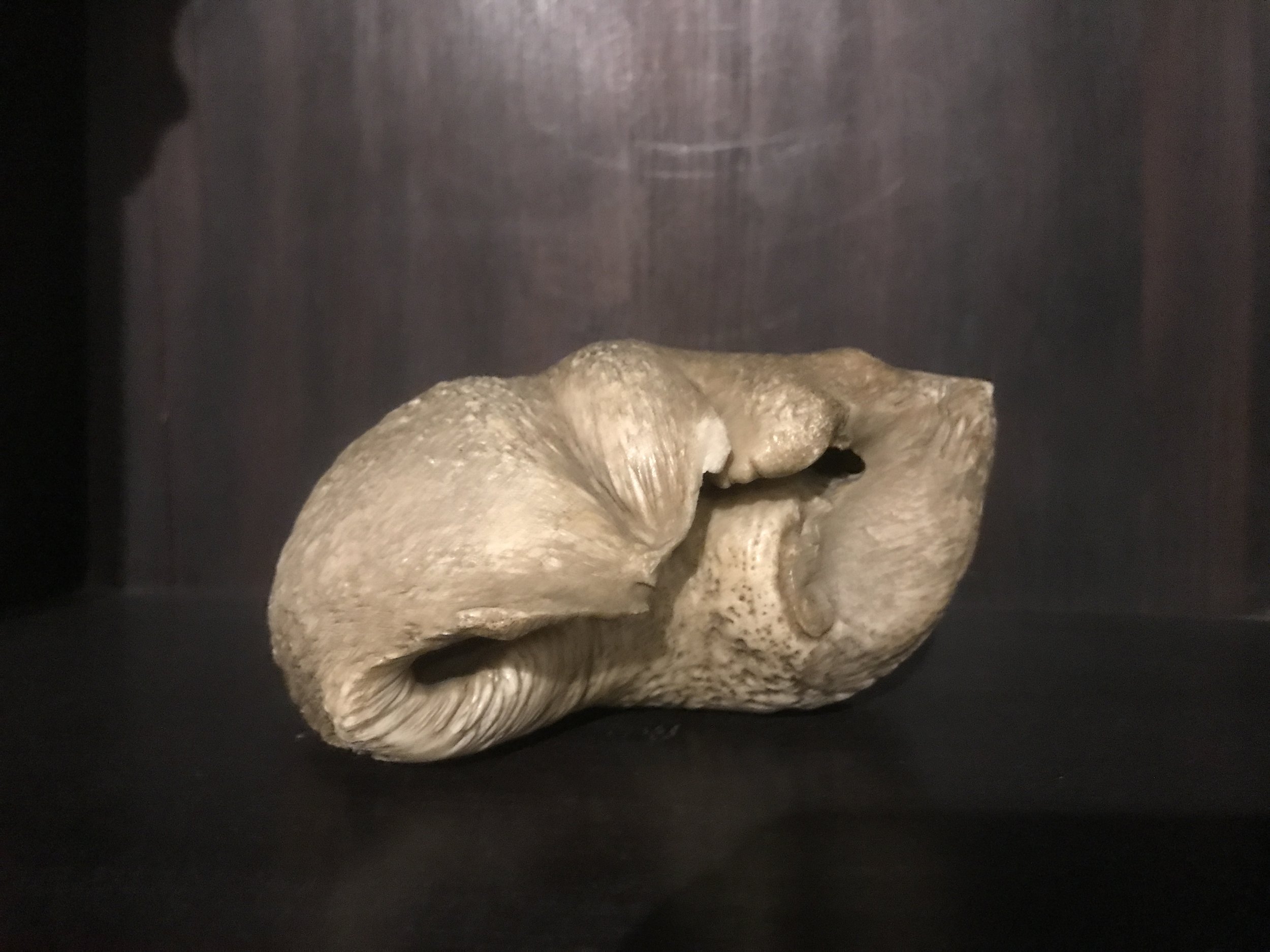On Tuesday 23 July 2024 I went to visit fellow PhD researcher Alina Botezatu (Stirling) at Trinity House in Leith, who is working with the collection there and who gave me a fascinating personalised tour. Alina’s PhD has the working title "Probing beneath the surface: a research framework to access hidden stories, values and lives of the Trinity House and its object collection". My own research often involves finding ways to make tangible the ephemeral or difficult to grasp, so we have a lot of overlapping areas of interest.
Trinity House is a Georgian house in Leith, Edinburgh, where the Incorporation of Mariners and Shipmasters were based. The incorporation was a kind of seafarer’s guild set up in 1300’s to collect port taxes and support communities in Leith related to maritime trade. The house itself is now a fascinating museum, whose eclectic collection of objects and documents highlights Leith’s role in Scotland’s global maritime trade, including those connected to colonial, slave and penal transportation projects.
The museum also houses a variety of objects that relate to the Scottish whaling industry, which started in the Arctic around Greenland and Canada in the 18th Century. As whaling was scaled up to industrial levels, this resulting in the decimation of Artic stocks, and Scottish whaling then moved to the Antarctic. South Georgia has it’s own Leith bay, and some scholars believe that the Trinity peninsula in Antarctica may be named after Leith’s Trinity House, though evidence for this is inconclusive.
I found a fascinating timeline of the Arctic side of the whaling industry here https://whalinghistory.org/sv/timeline/. This, along with a book: Scottish Arctic Whaling, were both created by Chelsey Sanger, a Canadian PhD researcher studying at Dundee University.
“Scottish Arctic Whaling brings to light a previously little-known but important Scottish industry. The author’s extensive use of original sources such as log-books and diaries shows that hundreds of whaling vessels, sailing variously from sixteen east-coast Scottish ports, harvested more than 20,000 bowhead whales at East Greenland, Davis Strait and Baffin Bay during the eighteenth and nineteenth centuries. And they did so under almost unimaginably demanding and hazardous conditions.
More than 110 ships were lost, while others were often detained within the pack-ice, causing the whale men to suffer starvation, disease, scurvy, frostbite and death. In 1836 alone, more than 100 whalers on the Advice and Thomas, Dundee, and Dee of Aberdeen perished when they became entrapped at Davis Strait. Nevertheless, by the second half of the nineteenth century, through hard work, skill and perseverance, Scotland had a virtual monopoly on Arctic oil and bone, until seriously depleted stocks and the outbreak of the First World War brought the industry to a close.
Publisher: John Donald Publishers Ltd
ISBN: 9781906566777
Number of pages: 240
Weight: 386 g
Dimensions: 230 x 155 x 18 mm”
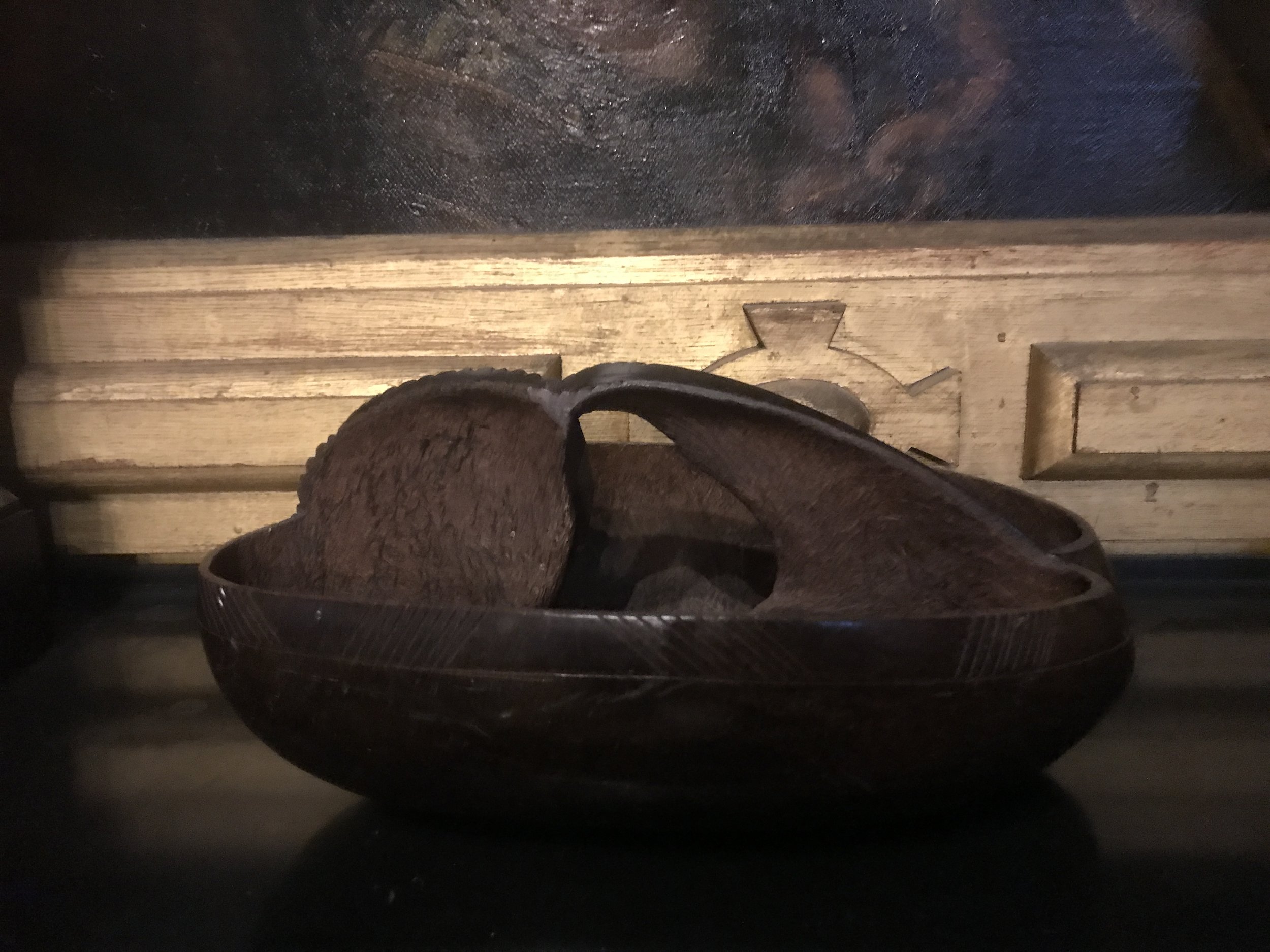
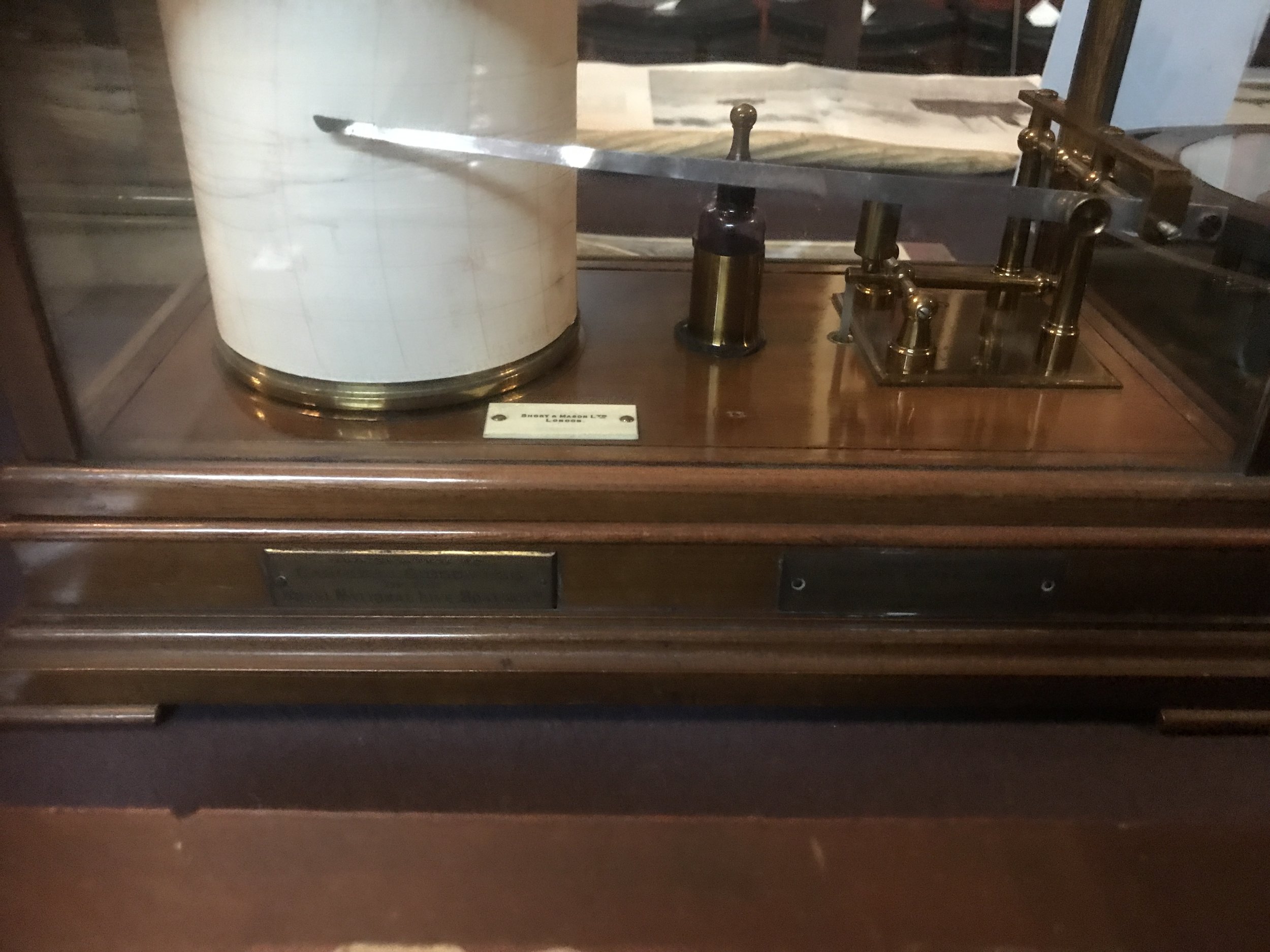
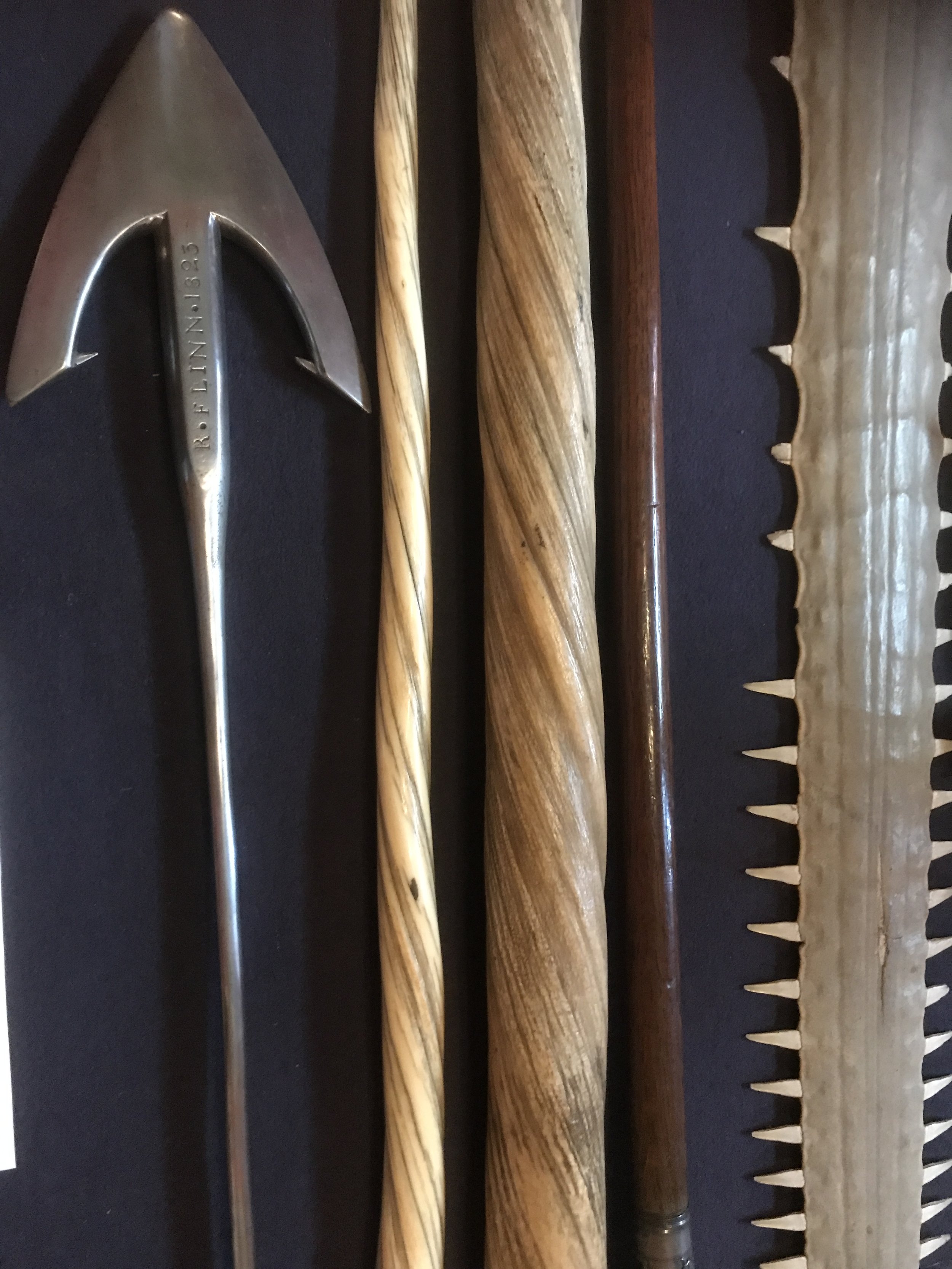
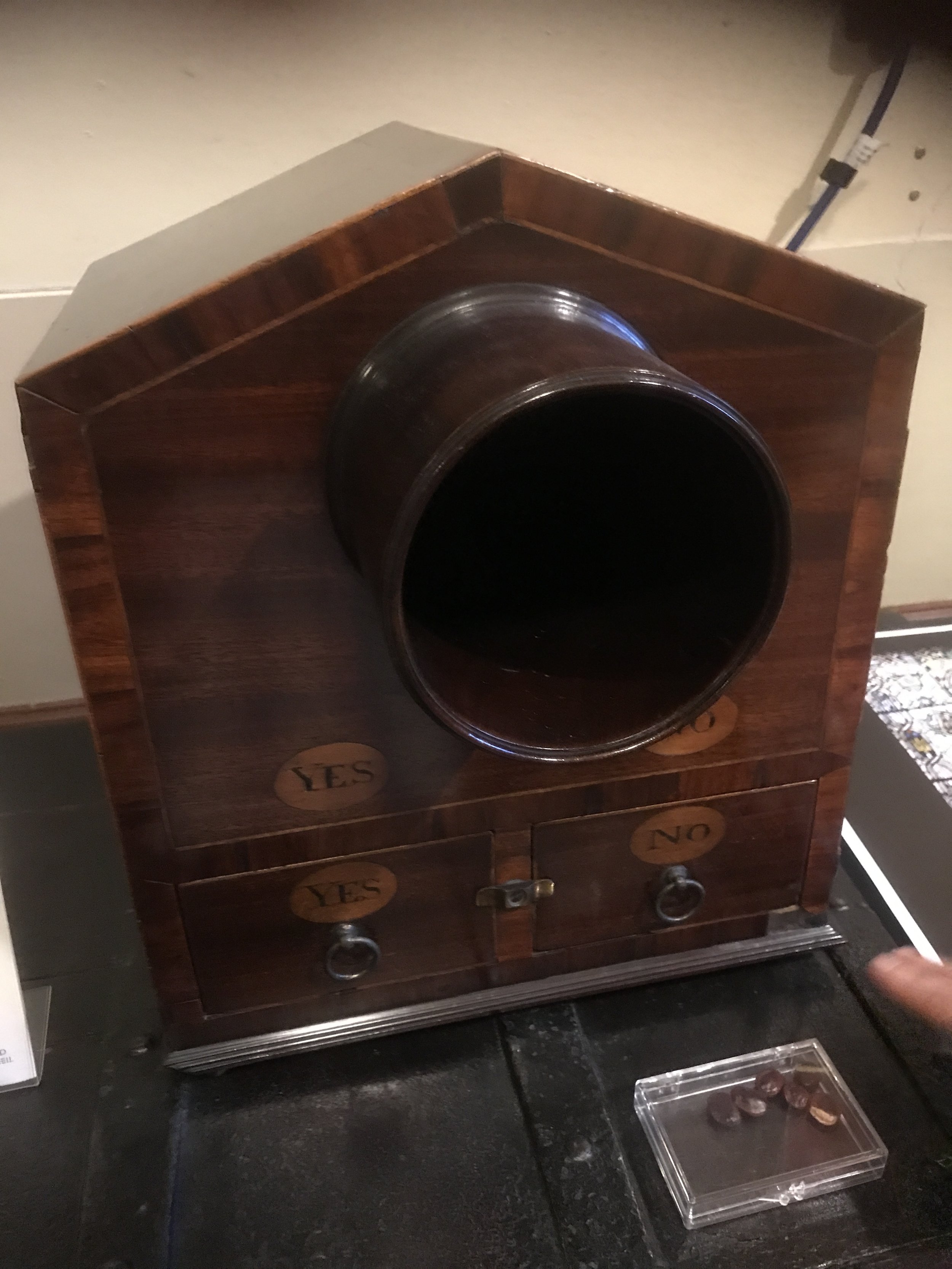
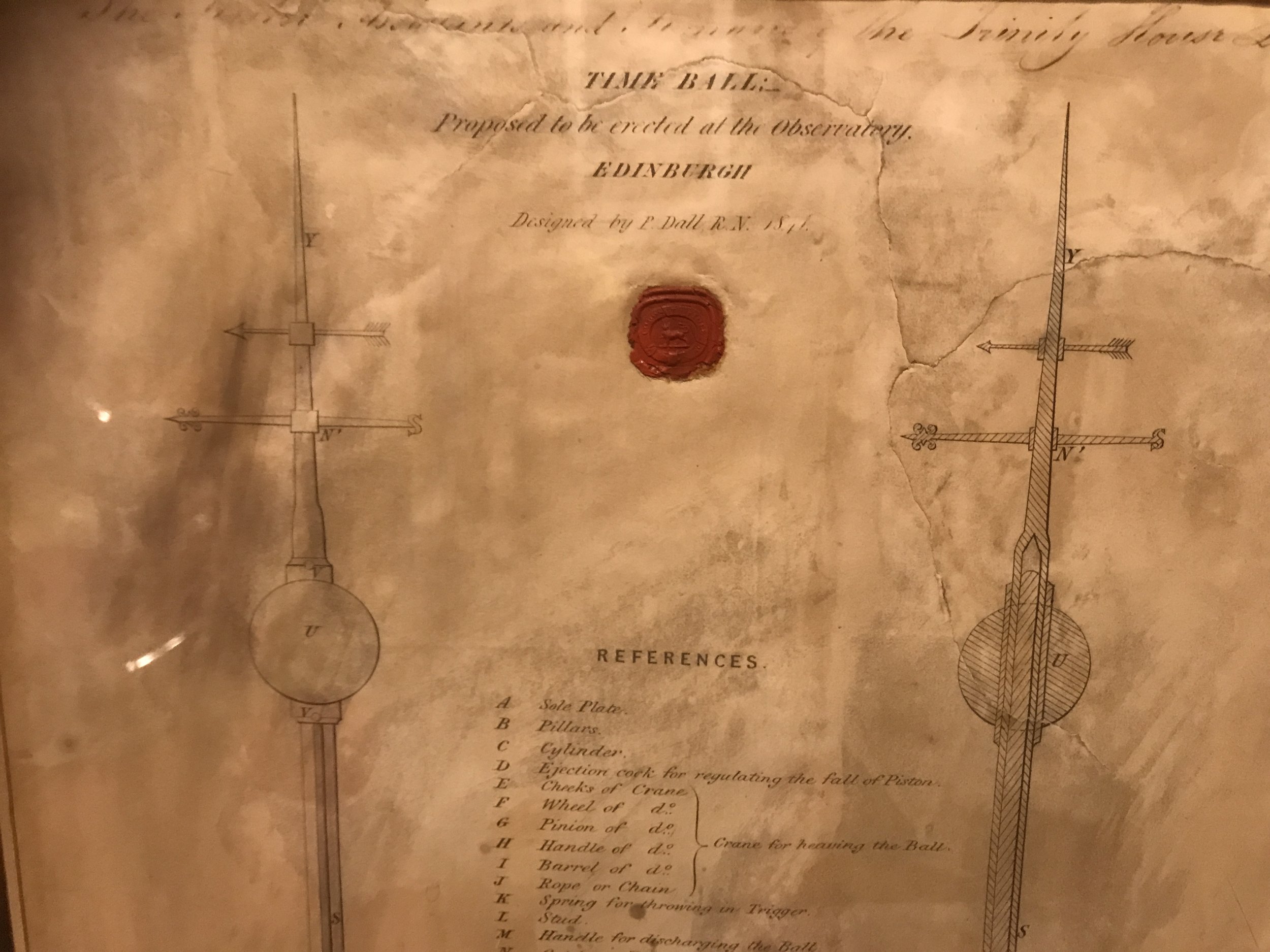

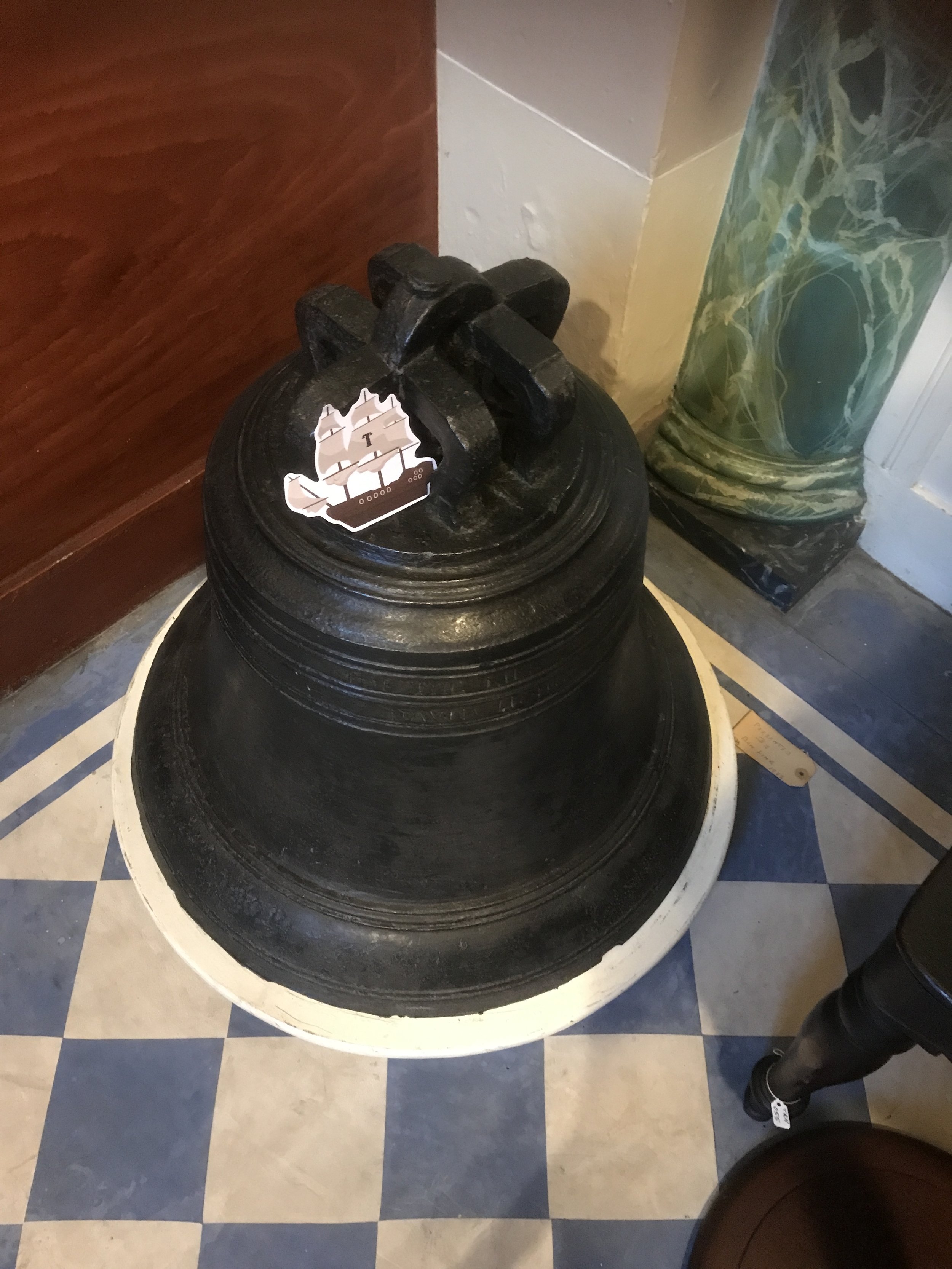
This article here https://aeon.co/essays/the-last-whalers-commuting-from-the-north-sea-to-antarctica discusses how Shetlenders were drawn to Edinburgh to work with Leith’s Salveson brothers, (originally from Norway) whose whaling company was the biggest in the UK. That side of the Salveson’s business only ended in 1966. As Scotland’s nearest mainland European neighbour (as the dolphin swims) there have always been strong links between Scotland and Norway with regard to maritime activity.
I will share pictures of some of the objects that caught my attention in the museum if and when I get permission to share them. These relate to sound, communication, time-keeping and navigation.
